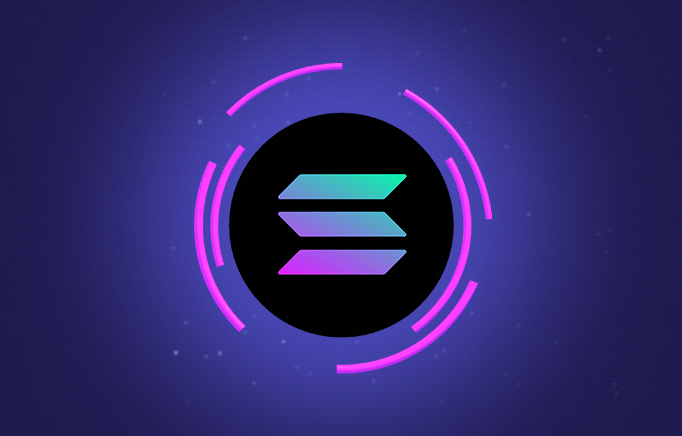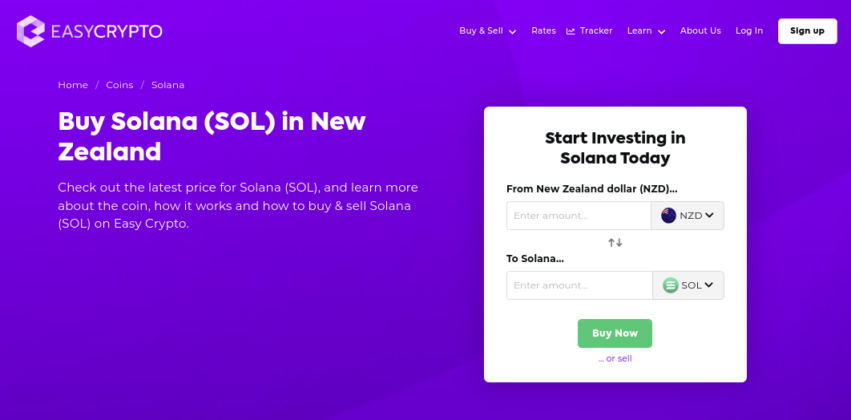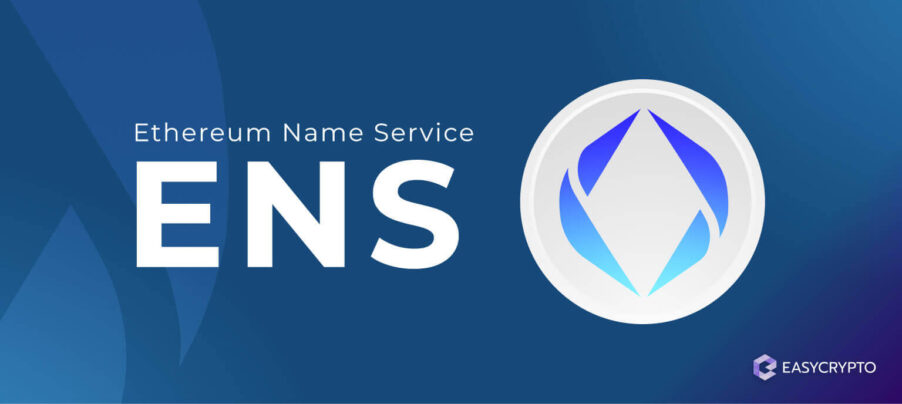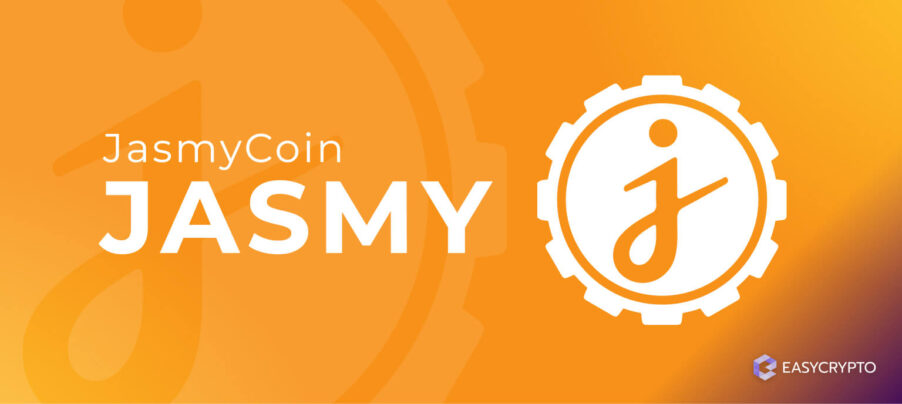What is Solana (SOL)?
What is Solana (SOL)? Let's take a closer look at what Solana is, how it works, and the innovative technologies it brings.


What is Solana (SOL)?
Solana is similar to Ethereum in a lot of ways. It is a blockchain network that can host decentralised applications (DApps), settle transactions on smart contracts, and has a wide range of use cases.
This includes decentralised finance (DeFi) platforms, censorship-resistant media networks, NFT art and token marketplaces, oracle networks, and many more.

The native cryptocurrency for Solana is SOL. It is used to pay transaction fees, debt, and collateral for borrowing stablecoins on DeFi apps on Solana.
Key takeaways
- Founded in 2017, Solana is a blockchain platform that enables the creation of decentralised applications, smart contracts, NFTs, and more.
- Solana’s network is widely known for its speed and capacity to process transactions, as well as having lower transaction fees, when compared to its rival network such as Ethereum.
- Solana uses a hybrid consensus model of both Proof of Stake (PoS) and Proof of History (PoH) to verify and validate transactions.
What makes Solana unique?
There is one big difference between Solana and its predecessor Ethereum. It has the ability to process 50,000 transactions per second (TPS) — that is more than 3000 times as fast as Ethereum. This speed is achievable even with GPUs, so no fancy ASIC miners are needed.
It has successfully maintained consistently fast TPS without compromising security and decentralisation.

What’s more, Solana’s growth seems to be on par with the top third-generation blockchains, like Cardano and Polkadot, both having been created by two of the founding members of Ethereum.
Interestingly, Solana is a layer-1 network, meaning that unlike the aforementioned blockchain networks, it does not rely on parallel-running side-chains to increase bandwidth.
Also read: The comprehensive guide to blockchain technology.
What makes Solana go fast?
Solana operates with a proof-of-stake (PoS) consensus protocol.
This means there is at least one cluster of validator nodes listening to user inputs (such as transaction requests) from across the network, and one appointed short-term block leader that will verify requests and transcribe the data into the blockchain.

This is not unique. Proof of Stake (PoS) is an alternative technology to bitcoin’s Proof of Work (PoW) protocol that is less energy-intensive and possibly more secure. The next version of Ethereum, Cardano, and many next-generation networks use PoS.
However, the problem with regular PoS is that validators cannot verify transactions on their own. In order to do work, they must first be elected as a block leader. In this model, if all validators work at the same time, there will be disagreements on the order of the transactions.
This already introduces a bottleneck from the start.
Solana gets around this problem by introducing Proof of History (PoH). PoH is not a consensus protocol, rather it is some kind of add-on to the already existing Proof of Stake protocol.
This is an oversimplified model of how Solana works:
- On every single node in Solana’s network is a cryptographic clock (using a verifiable delay function) that runs in sync. The entire system can agree on a standard, but decentralised, measurement of time.
- A message gets sent from a user interface (usually a DApp) to the network, and the first validator node to receive it instantly verifies the message, and adds a timestamp to the message.
- This validator then forwards the data package to the current block leader, who will arrange all messages and transactions in the right order, based on the earliest timestamp available for a particular message.
- The block leader finishes its term after 1.6 seconds, completing four blocks, which means that Solana’s block time is only 400 ms. So, in one block time, the block leader has arranged 20,000 transactions (50 transactions per millisecond).
Read more: What is Proof of Stake and How Does It Work?
Solana’s other innovative technologies to help achieve its speed
Proof of History is not the only add-on technology available to Solana. The network must combine seven other technologies in order for the entire system to work.
- Tower Byzantine Fault Tolerance (BFT). This is Solana’s version of the Byzantine Fault Tolerance, the algorithm that allows nodes in a blockchain to reach consensus.
- Sealevel. All Solana nodes can process transactions in parallel. In order to ensure that consensus is reached in this environment, Sealevel smart contract parallelisation technology is used.
- Turbine. This software breaks up data into smaller packages to help increase the bandwidth of the network.
- Gulf Stream. This is the component that makes it possible for transactions to be forwarded to validators and block leaders, reducing confirmation time.
- Cloudbreak. An efficient data structure that is fitted on Solana.
- Archivers. A special group of nodes that store validated transactions, and safeguards the history of the entire Solana ledger.
Fun fact: Did you notice the marine-themed names? That’s because Solana is a beach in California, where Solana founders Anatoly Yakovenko, Greg Fitzgerald, and Stephen Akridge lived and surfed for three years before working on Solana.
Why trust Solana (SOL) as the next-generation blockchain network?
The founders used to work for Qualcomm, an American multinational corporation that produces semiconductors, services, and software that support wireless technology, including 5G, 4G, and more.
Anatoly Yakovenko himself has had experiences with designing distributed systems not just for Qualcomm, but also Mesosphere and Dropbox. Working for Dropbox in particular had given him the experience to create optimal data compression systems.

The founding team was later composed of brilliant minds from Intel, Google, Apple, Microsoft, and Twitter. The team gives rise to a cutting-edge technology that builds upon science that has been working for centralised systems, which they adopt onto a distributed decentralised system.
Furthermore, Solana has been the playground for various decentralised applications, such as:
- The Media Network, a peer-to-peer content distribution system that prioritises privacy.
- SolFarm, an efficient yield aggregator for Solana cryptocurrency
- Muon, a peer-to-peer fund marketplace that manages tokenised Exchange Traded Funds (ETFs)
- Atomic, a non-custodial wallet for Solana and other Solana-supported tokens.
- Band Protocol, a cross-chain oracle that aggregates real-world data for Solana’s smart contracts.
Here is a complete overview of DApps, wallets, and other technologies that form Solana’s ecosystem.
NFTs on Solana
In addition to all the innovations mentioned above, the network infrastructure of Solana also makes it the perfect place for non-fungible tokens (NFTs).

New to NFTs? Read our guide on Non-fungible Tokens (NFTs).
Solana’s high speed and low fees makes it an ideal platform to mint, sell, and exchange NFTs. Solana even has its own NFT standard and minting program called Metaplex that supports anyone who is looking to get started with NFTs.
Metaplex facilitates the creation of NFTs, host auctions, create storefronts, and more – allowing creators to focus more on their work and audience and worry less on the technicalities.
Additionally, the Solana ecosystem is continually being expanded with secondary NFT marketplaces including:
Are you looking to get into NFTs?
Easy Crypto makes it quick and easy to add crypto funds to your wallet so you can start buying, selling, and creating NFTs on Solsea, Solanart, and more!
Also, be sure to check our wallet guides on Trust Wallet, Metamask, and Phantom Wallet to get started!
How to buy SOL on Easy Crypto
Easy Crypto offers an incredibly diverse range of cryptocurrencies to choose from. The Solana cryptocurrency is also one of the most popular buys for investors who care about next-gen blockchain technology.

Invest in Solana: Buy (SOL) with Easy Crypto.
Solana (SOL) is one of over 160+ cryptocurrency coins and tokens we offer at Easy Crypto, including NFT tokens, Metaverse, DeFi, and many more.
Check the rates: Use the crypto converter tool to view the latest rates for SOL.

Pro tip: you can preview the conversion rates for Solana (SOL) or any other crypto in our collection by going to our complete list of crypto assets.
Check our YouTube channel for a brief walkthrough on how to buy cryptocurrencies with Easy Crypto!
Want to learn more about the different types of crypto coins out there? Explore our library of articles on the Easy Crypto learning hub.
Share to
Stay curious and informed
Your info will be handled according to our Privacy Policy.
Make sure to follow our Twitter, Instagram, and YouTube channel to stay up-to-date with Easy Crypto!
Also, don’t forget to subscribe to our monthly newsletter to have the latest crypto insights, news, and updates delivered to our inbox.
Disclaimer: Information is current as at the date of publication. This is general information only and is not intended to be advice. Crypto is volatile, carries risk and the value can go up and down. Past performance is not an indicator of future returns. Please do your own research.
Last updated October 10, 2024





